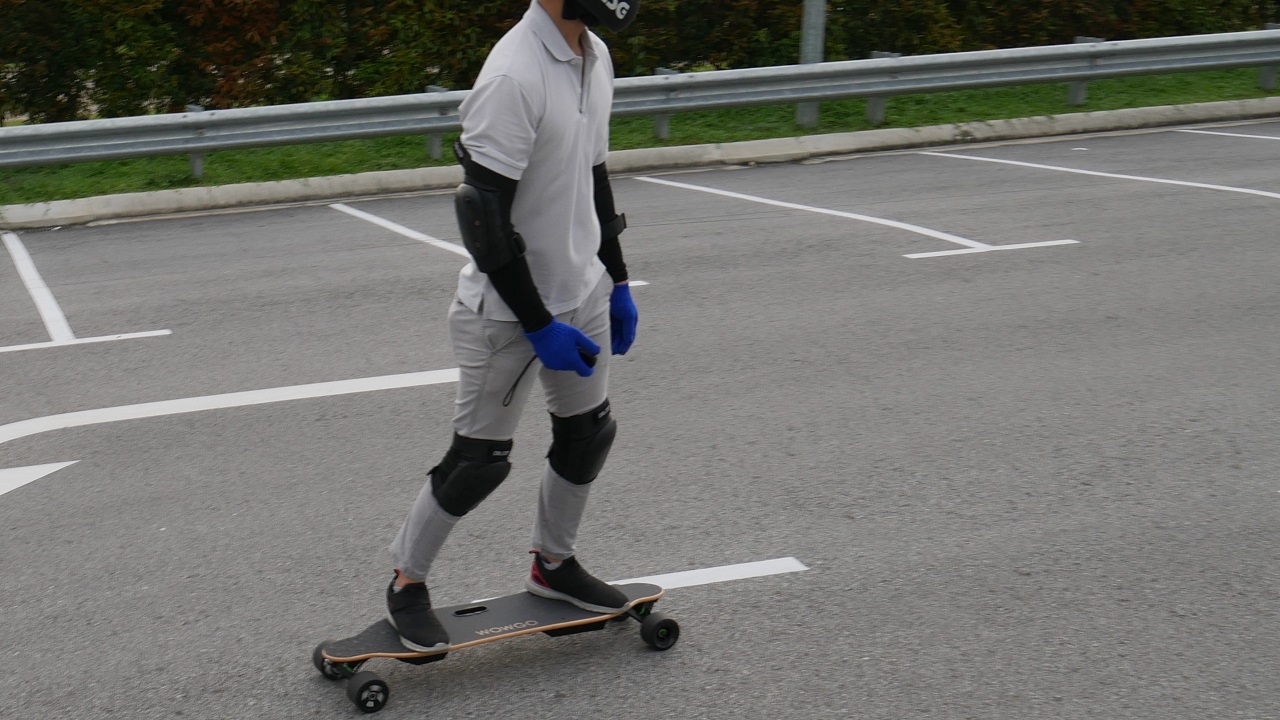Electric skateboarding has gained immense popularity in recent years, offering a thrilling mode of personal transportation. Whether you’re a seasoned rider or a newcomer, understanding the science behind the incredible speeds and control achieved on an adult electric skateboard can deepen your appreciation for this exciting sport. At the heart of the electric skateboard’s performance lies the science of aerodynamics.
The Thrill of Electric Skateboarding
Before diving into the science, let’s acknowledge what makes electric skateboarding so captivating. Riding an adult electric skateboard feels like gliding on air, effortlessly carving through streets and hills. Electric skateboards, equipped with powerful motors and reliable batteries, have evolved into high-performance machines capable of reaching impressive speeds. But how do they achieve this?
Aerodynamics: The Key to Speed
At its core, the science of aerodynamics focuses on how objects move through the air. Understanding aerodynamics is crucial for designing vehicles that can cut through the wind with minimal resistance. Electric skateboards are no exception to this rule.
When you’re cruising on an electric skateboard, you may not realize that the board and your body create a significant amount of drag. Drag is the force that opposes the skateboard’s forward motion, acting like an invisible hand trying to slow you down. To achieve higher speeds and maintain control, electric skateboard designers invest time and effort in reducing this drag.
Streamlined Design
One of the most noticeable aspects of an electric skateboard’s design is its streamlined shape. The deck is typically long and flat, and the trucks and wheels are positioned to minimize air resistance. These design choices help reduce the drag force, allowing riders to reach higher speeds with less effort.
Deck Shape and Length
The length and shape of the deck play a critical role in reducing drag. Longer decks provide more space for riders to distribute their weight, improving stability and control. Additionally, they reduce the cross-sectional area exposed to the wind, decreasing drag.
Wheels and Bearings
The wheels and bearings on an electric skateboard are carefully selected for their impact on aerodynamics. Smoother, larger wheels with high-quality bearings roll more efficiently, further minimizing drag and maximizing speed.
Body Position
While the skateboard’s design is crucial, the rider’s position also affects aerodynamics. Bending your knees and crouching low while riding an electric skateboard reduces your frontal area, which in turn lowers drag. By adopting a more aerodynamic posture, you can increase your top speed and range.
Battery Efficiency
Aerodynamics also play a role in optimizing battery efficiency. When an electric skateboard encounters less drag, it requires less energy to maintain speed. This efficiency translates into longer ride times and extended battery life, enhancing the overall riding experience.
The Future of Electric Skateboarding
As technology continues to advance, we can expect even more innovative solutions to enhance the aerodynamics of electric skateboards. From improved materials to streamlined designs, electric skateboard manufacturers are on a quest to push the boundaries of speed and efficiency.
In conclusion, the science of aerodynamics is a hidden but essential factor that contributes to the thrill of riding an adult electric skateboard. From the shape of the deck to the quality of the wheels, every detail matters in reducing drag and maximizing performance. As electric skateboarding continues to evolve, riders can look forward to even faster, more efficient, and exhilarating experiences on their boards. So, the next time you zip down the street on your electric skateboard, remember that it’s not just your skills but also the science of aerodynamics that’s propelling you forward into the future of personal transportation.










